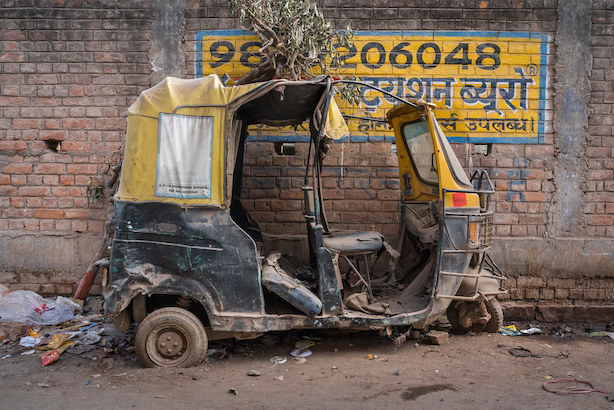Road Accidents in India 2022: A Call for Greater Social Responsibility and Road Safety Initiatives
Related Articles
Rashtra Prerna Sthal: प्रधानमंत्री मोदी ने राष्ट्र प्रेरणा स्थल राष्ट्र को किया समर्पित, लखनऊ में हुआ भव्य लोकार्पण
Rashtra Prerna Sthal: पूर्व प्रधानमंत्री भारत रत्न अटल बिहारी वाजपेयी की जयंती के अवसर पर लखनऊ में आयोजित कार्यक्रम में मुख्यमंत्री योगी आदित्यनाथ ने...
Mumbai Local Trains Projects: मुंबई लोकल का होगा मेगा मेकओवर, बदल जायेगा सफर करने का अंदाज
Mumbai Local Trains Projects: मुंबई और उसके उपनगरों में रेल यात्रा को और बेहतर बनाने के लिए रेलवे ने बड़ा कदम उठाया है। Mumbai...
Another Hindu Killed in Bangladesh Mob Attack Days After Earlier Lynching
Late on Wednesday night, a small village in Bangladesh’s Rajbari district descended into chaos. By the time the violence subsided, a man lay dying...


